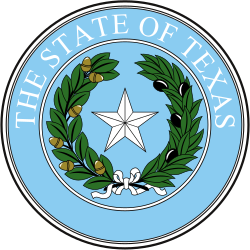| |||||||||||||||||
| |||||||||||||||||
 County results Neff: 50–60% 60–70% 70–80% 80–90% >90% Atwell: 50–60% 60–70% 70–80% 80–90% No vote | |||||||||||||||||
| |||||||||||||||||
| Elections in Texas |
|---|
 |
The 1922 Texas gubernatorial election was held on November 7, 1922 in order to elect the Governor of Texas. Incumbent Democratic Governor Pat Morris Neff won re-election to a second term, defeating Republican candidate William Hawley Atwell in a landslide. [1]

